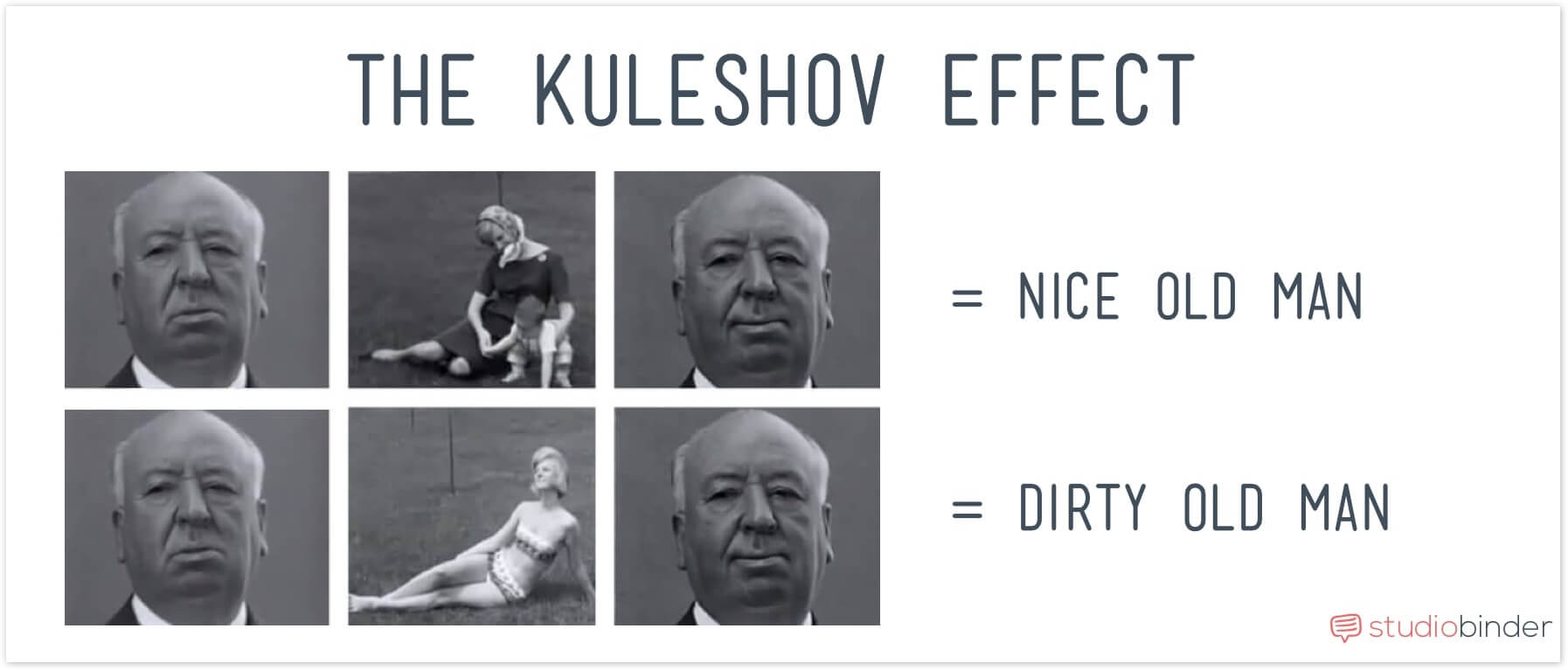Film Studies General Terms
1/38
Earn XP
Description and Tags
Year 1 Buzzwords
Name | Mastery | Learn | Test | Matching | Spaced |
|---|
No study sessions yet.
39 Terms
Denotation
The actual literal reading - what it is
Connotation
Your own response to the denotation - what it suggests.
Diegesis
The world of the film
Verisimilitude
A sense of believability in the world of the film.
Aesthetics
The look and style of the film.
Auteur Theory
Where director (or DP) creates their own recognisable signature style.
Motif
A recurring element, theme, or idea that has symbolic meaning.
Symbol
Things that represent ideas or concepts.
Diurnal
Daytime, the light, safety, good, etc.
Nocturnal
Nighttime, darkness, shadows, evil, danger, etc.
Archetype
A typical example of a character or thing.
MacGruffin
An object that motivates the character and starts the story.
Diegetic Sound
Sound that comes from the world of the film - both character and audience can hear it.
Non-Diegetic Sound
Sound that does not come from the world of the film - characters can’t hear it.
Contrapuntal Sound
Sound that deliberately contrasts with what is on-screen.
Leitmotif
A recurring musical theme that can be associated with a character, idea, or situation.
Montage
When shots are placed next to each other, making it look like they are connected.
Kuleshov Effect
When two or more shots are placed next to each other to create a new meaning we wouldn't get otherwise. A + B = C (new meaning)

Subjective Camera
Creates the illusion of seeing through a characters POV - makes you feel as if you are there.
Juxtaposition
Two things being placed next to each other to create contrast.
Anachronic
Out of chronological order.
Anti-hero
A protagonist who lacks traditional qualities of a hero.
Aural Bridge
Audio that overlaps into the next scene to create a smooth transition.
Chiaroscuro
Dramatic lighting that uses strong contrasts between light and dark.
Shallow depth of field
Only a small portion of the shot is in sharp focus, and the background/foreground is blurred.
Deep Focus
Both the foreground and background in sharp focus.
Denouement
The last part of the film where the last strands of the plot comes together.
Ellipsis
Cutting out portions of the timeline that are part of the story but not shown on-screen.
Foreshadowing
Hints or clues are given early about what will happen later.
‘Oner’
A single, continuous shot that shows a scene without any cuts.
Match-cut
Two shots that matches visually or aurally to create a smooth transition.
Omniscient Narrator
Access to all characters thoughts, feelings and events, giving it a ‘god-like’ view.
Restricted Narrator
restricted to a single characters thoughts, feelings or perspectives.
Classical Realist Narration
prioritises realism and authenticity in depicting characters and events.
Pull Focus/Rack Focus
Changing the point of focus in a continuous shot.
Shot-reverse-shot
Cutting between two characters usually in medium or close up shot during a conversation to create a sense of fluid conversation.
Jump Cut
An edited cut that abruptly changes time or space.
Unreliable Narrator
A character through whose perspectives we see the plot unfold, but whose credibility is compromised at some point.
Zietgeist
‘Spirit of the time’ period it was set in. Their reading on that time and how they’ve presented it.